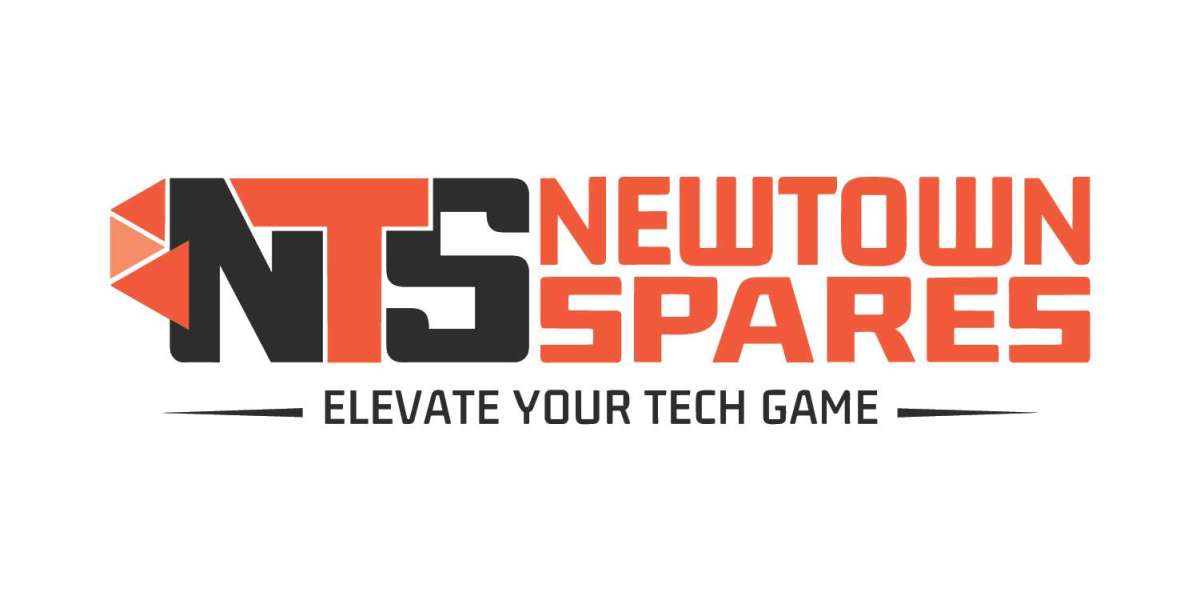The Floppy Disk Controller (FDC) was an essential component in early computer systems, managing data transfer between the computer's central processing unit (CPU) and the floppy disk drive (FDD). Floppy disks were once a primary storage medium, used to store and transfer data and applications. The floppy disk controller played a crucial role in reading and writing data to these disks, enabling the use of removable storage long before the advent of modern USB drives and cloud storage.
What is a Floppy Disk Controller?
The Floppy Disk Controller is a specialized chip or circuit board that interfaces between the CPU and the floppy disk drive. It coordinates the data transfer process, ensuring that data is read from or written to the floppy disk in an organized and efficient manner. The FDC handles commands from the CPU, such as reading, writing, and formatting data on the disk. In many vintage systems, the FDC was either integrated onto the motherboard or installed as a separate expansion card.
How the Floppy Disk Controller Works
Command Execution
The FDC receives commands from the CPU to execute operations like reading or writing data on the floppy disk. It interprets these commands and performs the necessary steps to access the correct location on the disk.Data Transfer
Once the FDC locates the data on the floppy disk, it transfers the data between the disk and the system's memory. The FDC manages data transfer speeds, which are significantly lower than modern storage speeds but were effective for the storage requirements of that era.Error Checking
To ensure data integrity, the Floppy Disk Controller performs error-checking routines. This includes verifying the data read from the disk and correcting errors when possible, which was critical for maintaining data accuracy.Disk Formatting
The FDC is responsible for formatting disks, setting up the sectors and tracks on a floppy disk to allow data to be stored and accessed. Formatting prepares the disk for data storage, creating the framework for organized data retrieval.
Types of Floppy Disk Controllers
Standalone FDC Chips
In early computer systems, FDCs were often standalone chips manufactured by companies like Intel and NEC. These chips were mounted on the motherboard or a separate card and were solely dedicated to controlling the floppy disk drive.Integrated FDCs on Motherboards
As technology evolved, FDCs began to be integrated into the motherboard, reducing the need for separate expansion cards. This integration allowed for a more compact and efficient design, particularly as floppy drives became standard in many personal computers.
Importance of the Floppy Disk Controller
Data Storage and Transfer
The Floppy Disk Controller was crucial for managing data storage and transfer on floppy disks, which were among the first widely available portable storage media. FDCs enabled users to save data, transfer files, and install software from external sources in an era when the internet was not yet mainstream.Legacy Compatibility
Although floppy disks and controllers are now obsolete in modern computing, FDCs still play a role in legacy systems. Industries and enthusiasts who rely on vintage computing equipment use FDCs to access archival data stored on floppy disks, preserving old files and programs.Technological Advancement
The FDC's design and functionality set the stage for future storage controllers, influencing the development of controllers for more advanced storage devices like hard drives, CDs, and flash memory.
The Decline of the Floppy Disk Controller
With the advent of newer storage technologies, such as CDs, DVDs, USB drives, and cloud storage, floppy disks and their controllers have largely disappeared from modern systems. By the early 2000s, most computers no longer included floppy disk drives or controllers, as higher-capacity and faster storage options became the norm. However, in certain legacy systems and specific industries, FDCs are still used to access data stored on floppy disks.
Conclusion
The Floppy Disk Controller was a pivotal component in early personal computers, enabling data storage and transfer via floppy disks. While technology has evolved significantly, making floppy disks and their controllers mostly obsolete, the legacy of the FDC remains. It laid the foundation for storage controller technology and serves as a reminder of the early days of computing when 1.44 MB of storage was a significant achievement. The FDC’s role in computing history highlights the rapid evolution of data storage technology and its impact on personal and business computing alike.








